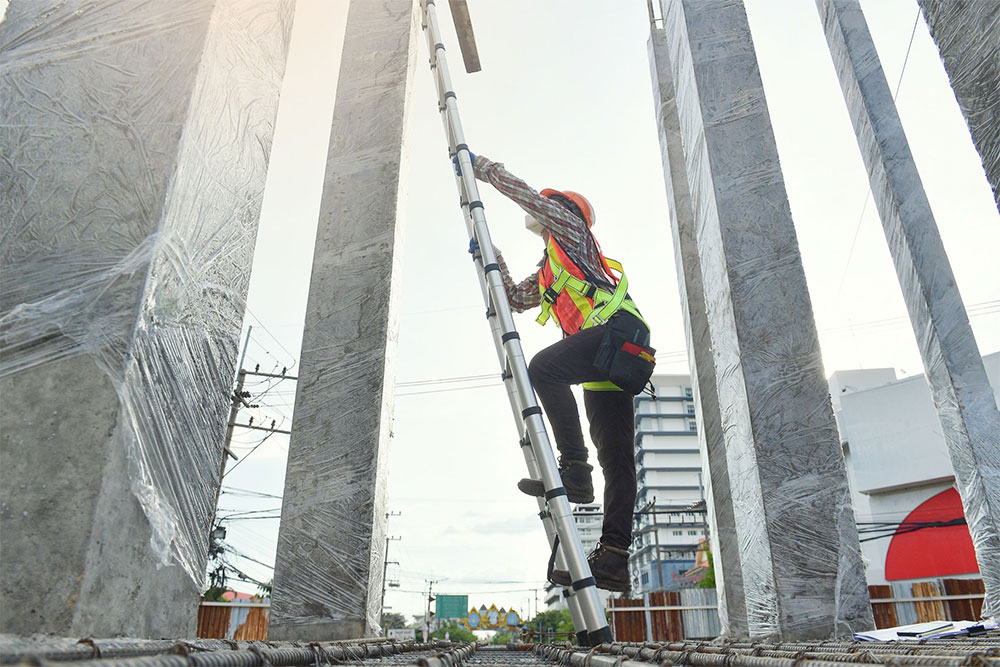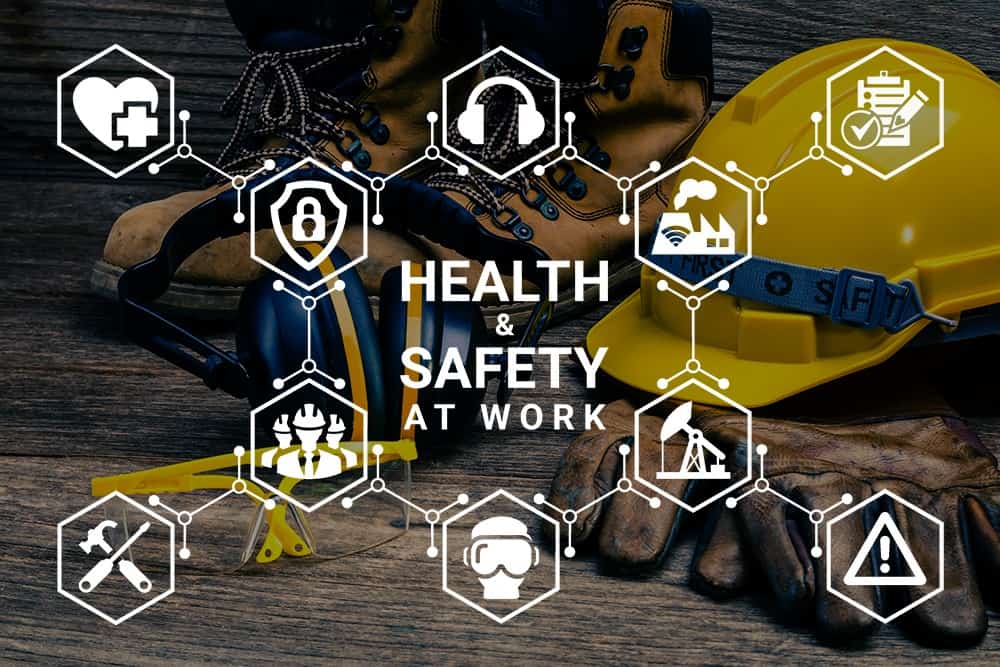
Resilient people still get stressed, but they’re able to work through it. This ability, like any other, can be learned. And with the right support, you can coach resilience in the workplace.
This blog explores ways to support employee resilience and why you should start now.
Key Takeaways
- Resilience isn’t not feeling stressed – it’s the ability to recover from setbacks quickly.
- Employee resilience can be developed in the right environment.
- Make workloads visible so you can identify imbalances that may lead to burnout.
- Clarify roles so that everyone is clear about their responsibilities and expectations.
- Give your team autonomy where possible and allow them to say no.
- Fix daily annoyances. Ask your team what frustrates them and address it visibly.
- Promote learning, offer support early and normalise mistakes.
What Is Resilience at Work?
Resilience doesn’t mean pushing through stress without help. It means being able to manage setbacks, find solutions and recover from pressure. It involves inner mental strength, but also outside support.
You can build resilience over time, provided you have access to the right support and tools.
Mental Health Resilience Training
Want to build knowledge on mental health awareness to improve the workplace environment? Human Focus’s Mental Health Resilience Training course creates awareness of how the brain works and the effective mind management techniques to promote positive mental health among employers and their staff.
Rising Work Stress in the UK: Why Employee Resilience Matters
Work-related stress is a major challenge across the UK. According to the latest figures from the Health and Safety Executive (HSE), 776,000 workers in Great Britain reported experiencing work-related stress, depression, or anxiety in 2023/24.
These conditions accounted for 16.4 million working days lost, with affected workers taking an average of 21.1 days off.
Although everyone’s experiences are different, the HSE identifies six common causes of stress at work:
- Unreasonable workloads
- Lack of control over how work is done
- Lack of information or guidance
- Conflict or difficult workplace relationships
- Uncertainty around roles and responsibilities
- Unexplained changes to the business or operations

Why Employers Should Care
Resilient employees cope better with pressure, recover from setbacks and stay productive.
Developing resilience is a practical way to combat rising workplace stress and support long-term health.
Ways to Boost Employee Resilience
1. Make Workloads Visible
Possibly the most common cause of work-related stress is unreasonable demands.
A simple solution is to make workloads visible.
Use a shared digital jobs board or spreadsheet. For smaller teams, you might be able to track workloads on paper or a whiteboard.
Ask each person to list their top three weekly priorities. Review and adjust regularly to spot overload early.
2. Clarify Roles and Responsibilities
When employees don’t know what’s expected or feel pulled in multiple directions, they’re more likely to experience stress.
Audit roles for overlap or ambiguity. Clarify core duties, decision-making authority and how performance will be measured. Confirm this in one-to-one meetings, especially after internal changes.
Put everything in writing and share it with the employee. And let them review the document when they want, without needing to go through you.
3. Deal With Everyday Frustrations
Everyday annoyances like outdated software, hard-to-find forms or excessive paperwork drain morale over time. Addressing these shows staff they’re heard and valued.
Think about physical factors, too. Comfortable chairs, temperature control and regular tea breaks are all mood boosters.
Run a “friction audit.” Ask staff to share daily annoyances and start fixing them. This builds psychological safety and control.
4. Give Employees Control Where Possible
Let employees influence how they work. Include them in planning sessions and decision-making.
And encourage them to approach tasks however they want. As long as work is completed on time and to a high standard, the details should be left to your teams.
5. Let Staff Say No
If employees feel they can’t say no, they’ll take on extra work even when it’s unmanageable.
Introduce a “pushback protocol”. If staff say they’re at capacity, offer them three options: delay the task, reassign it or remove another responsibility. Make this process standard.
6. Help Staff Feel Useful
Recognise and appreciate your staff’s efforts. Public praise or a quick word on what’s going well are meaningful. Or, you can make recognition more formal.
During team meetings or group chats, call out and thank employees who’ve worked particularly well recently. You can open it up to others, too. Ask team members if they want to thank or praise colleagues. This appreciation can help build confidence as well as relationships.
7. Normalise Asking for Help
Employees often delay asking for support until they are overwhelmed or in crisis. A truly resilient workplace makes seeking help a normal part of everyday work – not a last resort.
Encourage open conversations within teams about workload and challenges. Train managers to spot early signs of stress and respond with empathy. Use tools like check-ins and debriefs to create space for people to speak up before problems escalate.
Support services such as employee assistance programmes (EAPs) and mental health first aiders can help in more serious situations, but they should complement, not replace, a culture of everyday support.
8. Reduce Pressure With Micro-Routines
Long-winded or performative mental health initatives aren’t helpful. When you’re under pressure, the last thing you want is a forced 45-minute webinar on time management.
Instead, offer short daily practices that staff can integrate into their work, such as:
Focus Windows
Try “focus windows”, where employees focus on work for 45 minutes, followed by a 5-minute movement break.
Task Switching with Purpose
Switching between tasks can waste time. But do it with purpose and it’s (almost) as good as a break.
Encourage employees to alternate between different types of tasks that hopefully use different skills, like moving from a spreadsheet to a brainstorming session.
This deliberate variation can help prevent mental fatigue and keep engagement high.
Two-Minute Desk Organisation
A clean and organised desk can improve focus and reduce stress. And even better, taking two minutes to tidy up your workspace can provide a mental reset and a sense of control.
9. Treat Failure as Part of Learning
Fear of failure drains resilience. If mistakes lead to blame or repurcussions, employees will feel constantly on edge. Also, if something does go wrong, they’ll try to hide it instead of asking for help, potentially making the situation worse.
Instead, create a culture where setbacks are seens as essential for growth. When something goes wrong, work with the employee and explore what was tried, what was learned and what can be done differently next time.
Over time, this helps teams develop and feel confident taking initiative. And if plans don’t work out, you’ll find out sooner and can start finding solutions faster.
10. Promote Learning and Development
Training builds confidence. When employees feel they can learn and improve, they’re better able to handle stress.
Offer practical training on topics like stress management, task management and leadership (but build time into the workday to do it).
Teach supervisors how to spot signs of burnout and when stress becomes harmful. Use training and team discussions to explore workload, pressure and coping strategies.
The Importance of Resilience Training
Resilience is not just a trait – it is a skill that can be learned and strengthened over time. But workers under pressure need the right kind of support: tools that are practical, flexible and easy to access.
Our online Mental Health Resilience training course is designed to do just that. It can be completed in short, self-paced segments, so it fits around the demands of a busy workload. It helps employees build personal coping strategies — and gives managers the insight they need to better understand stress and support their teams effectively.
Support your staff before problems escalate. Enrol your team today and help create a workplace that protects wellbeing and encourages growth.





















